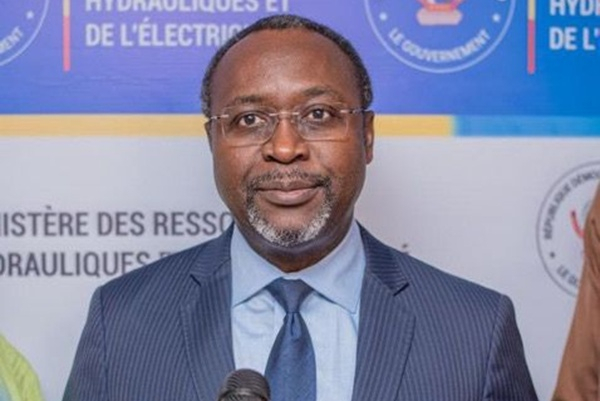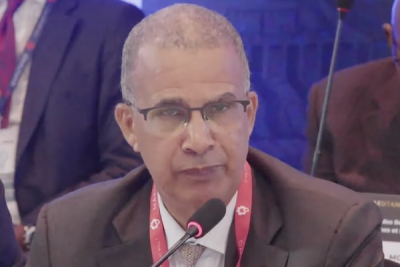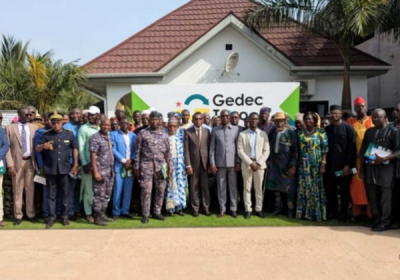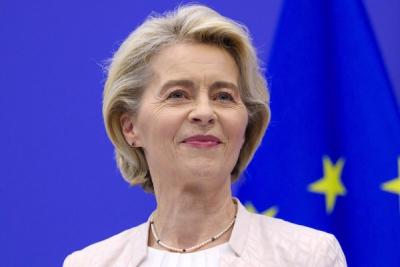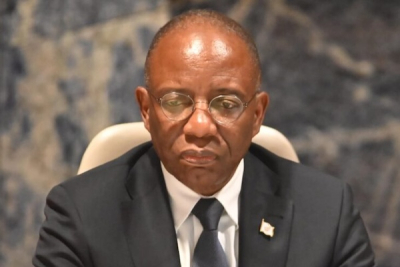On October 8, 2024, Albert Zeufack, the World Bank's representative in the Democratic Republic of Congo, announced plans for a multi-phase, billion-dollar program to develop Grand Inga. "This program, which includes the iconic Inga III dam project, aims to transform the DRC's economy, ensure Africa's energy security, and contribute significantly to the global energy transition," Zeufack said on his LinkedIn account.
The Inga III hydroelectric dam project has faced many delays and reassessments over the years. While the World Bank is playing a key role in its current phase of development, Inga III is not yet officially part of the institution's interventions.
The funding will not only help cover implementation costs but also support the redesign and execution of the project. The goal is to ensure steady progress through various development phases while overcoming technical and financial challenges that have hindered the project so far.
This year, two projects, totaling $745 million, were launched. The first, valued at $145 million, was completed on June 30, 2024. According to the World Bank, this project expanded electricity access to 2.2 million people, mainly in Kinshasa.
The second project is ongoing. It involves a $600 million contribution to an integrated water and electricity initiative, which has a total cost of $900 million. This complex project may also prepare for the support needed to restart Inga III.
This initiative includes activities aimed at strengthening provincial authorities' technical capacities to implement effective water and electricity distribution policies. It also provides credit lines to the private sector for power generation while allocating around $223.25 million for the public sector.
Inga III is becoming a strategic priority for the DRC. The project's importance has evolved since its inception, requiring a new approach to adapt to current conditions. One major challenge remains financial modeling, which is essential for ensuring the project's viability.
The Congolese government is considering building a power plant with an installed capacity of 4.8 gigawatts. The project is expected to pump around $15 billion. The sum could be raised through mining contracts like the Sicomines deal. However, careful management is crucial, and the World Bank could play a key role in this effort.
George Auréole Bamba






